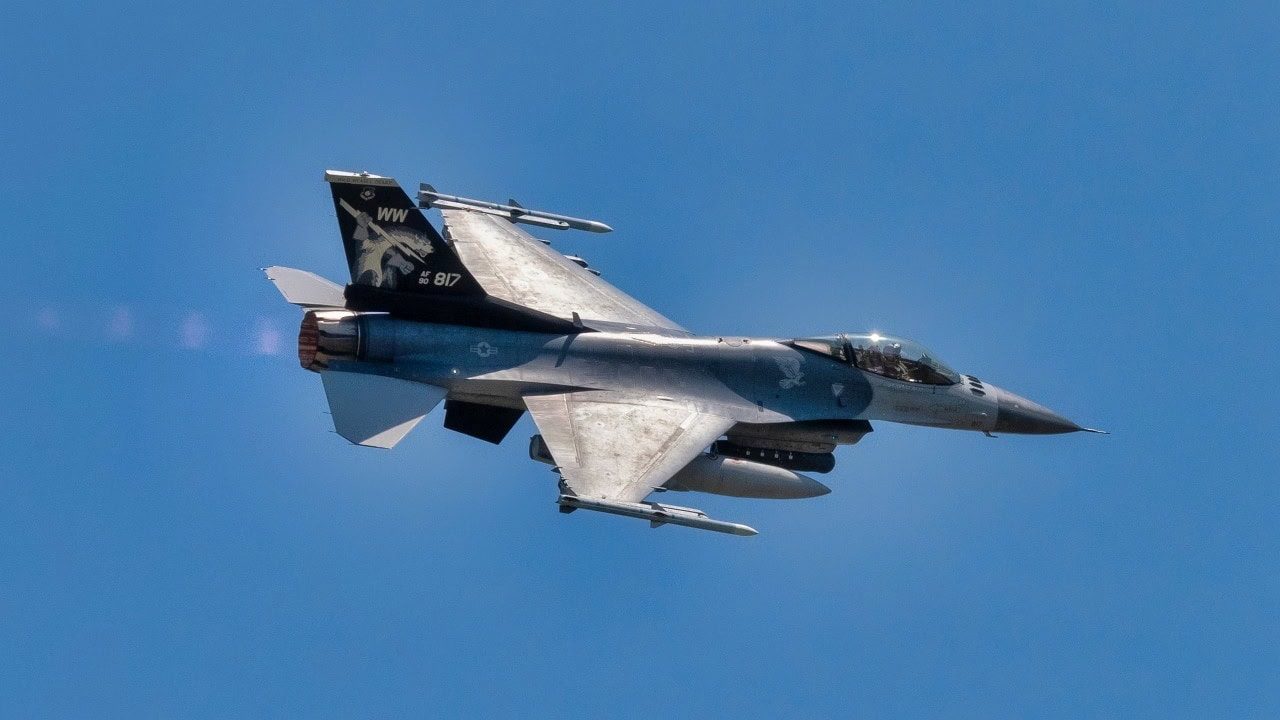The massive amount of upgrades that can be put into it makes it seem ‘unstoppable’: The F-16 Fighting Falcon remains a highly capable and adaptable fighter jet, even decades after its introduction. Its longevity is due to extensive upgrades, including Service Life Extension Plans (SLEP) to increase flight hours and advanced variants like the F-16V, which incorporates technologies such as AESA radar and electronic warfare systems.
-While the F-16 plays a role in Ukraine’s defense, its impact is limited due to advanced air defense systems on both sides, including Russia’s S-400s and Ukraine’s NASAMS.
-Despite its limitations in contested airspaces, the F-16’s versatility and upgradeability make it a valuable asset for any modern air force.
Why the F-16 Fighting Falcon Remains a Timeless Fighter Jet
The F-16 Fighting Falcon fighter is like a mythical Phoenix rising from its ashes of destruction only to emerge as more lethal and capable than it was before.
The 1980s-era Air Force fighter jet has been extended and re-invented numerous times in recent decades.
What makes the F-16 so special?
While various experts clearly will have divergent opinions, one could easily argue the ability of the Falcon to get upgraded time and time again clearly stands out.
What Makes the F-16 Fighter Special?
Case in point: the most current variants of the F-16 are almost entirely different aircraft than the ones that emerged decades ago.
For years, the Air Force has been working on Service Life Extension Plans (SLEP) for the F-16, designed to enable more extended operational service that is effective and relevant in a changing modern threat environment.
The upgrades are wide-ranging, encompassing cockpit displays, structural reinforcements, software improvements, and weapons modifications.
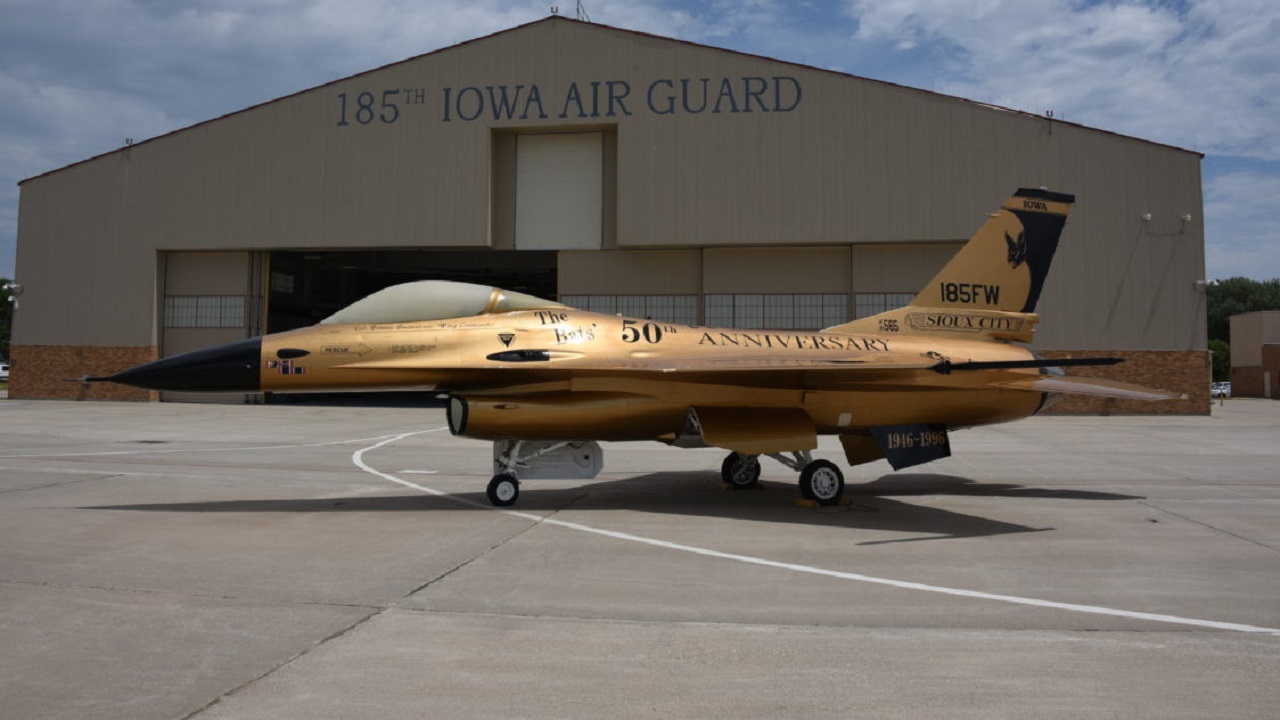
F-16. Image Credit: Iowa National Guard.
The Air Force is recently reopening a competition for its industry partners to build new ejection seats, according to an essay in Air & Space Force’s Magazine.
Service Life Extension Plan
As far back as 2019, the Air Force has been working on SLEP efforts to upgrade the airframe with enhanced upper wings and fittings, upper and lower bulkhead, and the canopy sill longeron, service officials told this author years ago.
This SLEP program has, for instance, increased the expected operational flight hours of the F-16 by 4,000, surging its ability to fly from 8,000 flight hours up to 12,000.
F-16 “V”
From here, things get even more impressive for the old F-16 fighter.
For example, the F-16 “V” is a variant of the aircraft built by Lockheed for US allies. The “v” model incorporates and retrofits some F-35 and F-35-like technologies into the F-16, such as Active Electronically Scanned Array (AESA) radar, upgraded weapons, and new computing. ‘
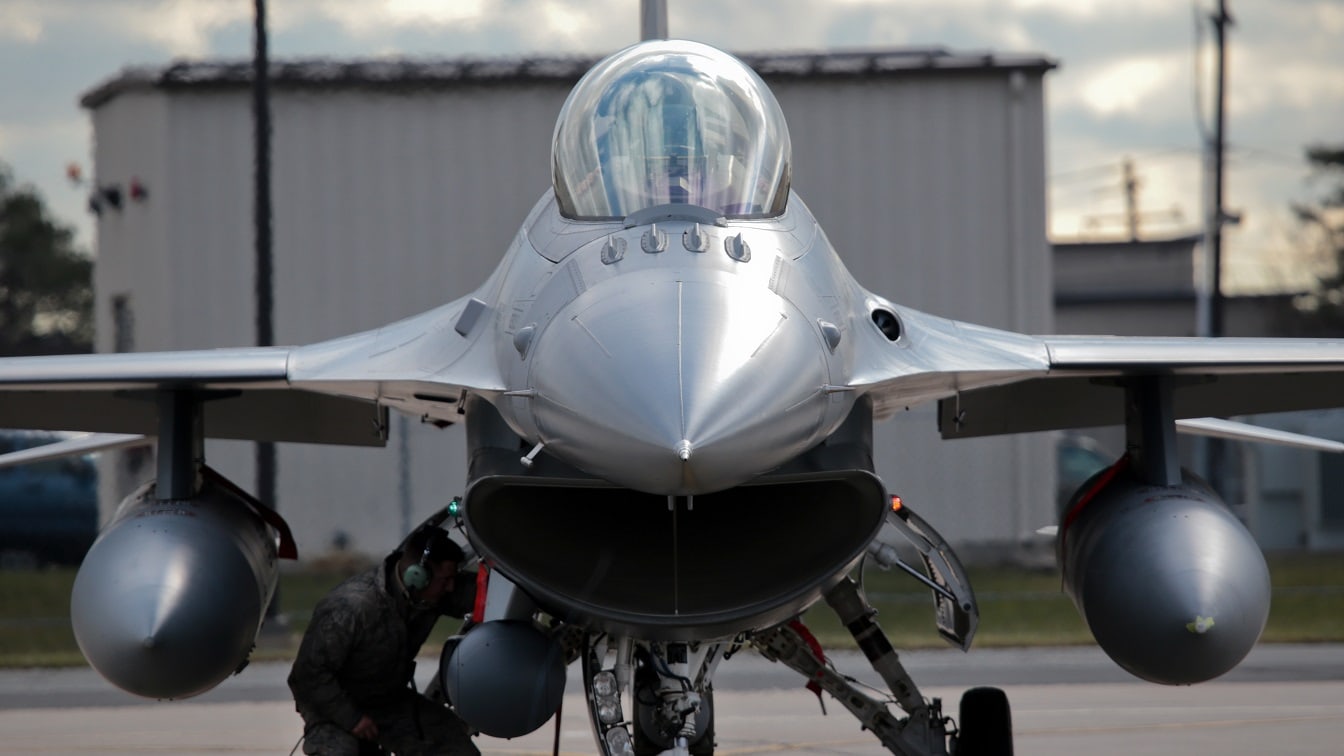
U.S. Air Force Senior Airman Austin Daniel, an F-16 crew chief from the New Jersey Air National Guard’s 177th Fighter Wing, looks over his assigned aircraft prior to a training mission at Atlantic City Air National Guard Base, N.J., Dec. 17, 2014. (U.S. Air National Guard photo by Tech. Sgt. Matt Hecht/Released)
The “v” model also incorporates missile warning systems, electronic warfare, and helmet-mounted cueing technology.
The Ukrainians likely have been receiving “v” variants of the F-16.
Ukraine’s F-16s: Why Not a Game Changer?
Now, many of these enhancements are being put to the test in Ukraine as F-16s continue to both arrive and take to the sky against Russian forces in the ongoing war.
While, in some sense, the arrival of F-16s to Ukraine was long-anticipated and believed by some to be paradigm-changing, the actual “effect” thus far of Ukrainian F-16s appears somewhat marginal.
The reasons are complex. The continued “inability” of the Russian or Ukrainian side to achieve air superiority initially appeared to be a key “mystery” of the war, given that Russia operates a much more extensive air-attack fleet than the Ukrainians.
However, this dynamic is now much more understood. Why have the Ukrainians been able to “blunt,” “slow down,” or simply stop Russian fighter jets from exacting complete devastation over Ukraine?
Several reasons for this have increasingly become apparent as the war progresses, and they primarily relate to the effectiveness of air defenses.
Senior Pentagon leaders did say years ago, closer to the beginning of the war, that Russian pilots were “risk-averse,” meaning they were aware of the effectiveness of Ukrainian air defenses.
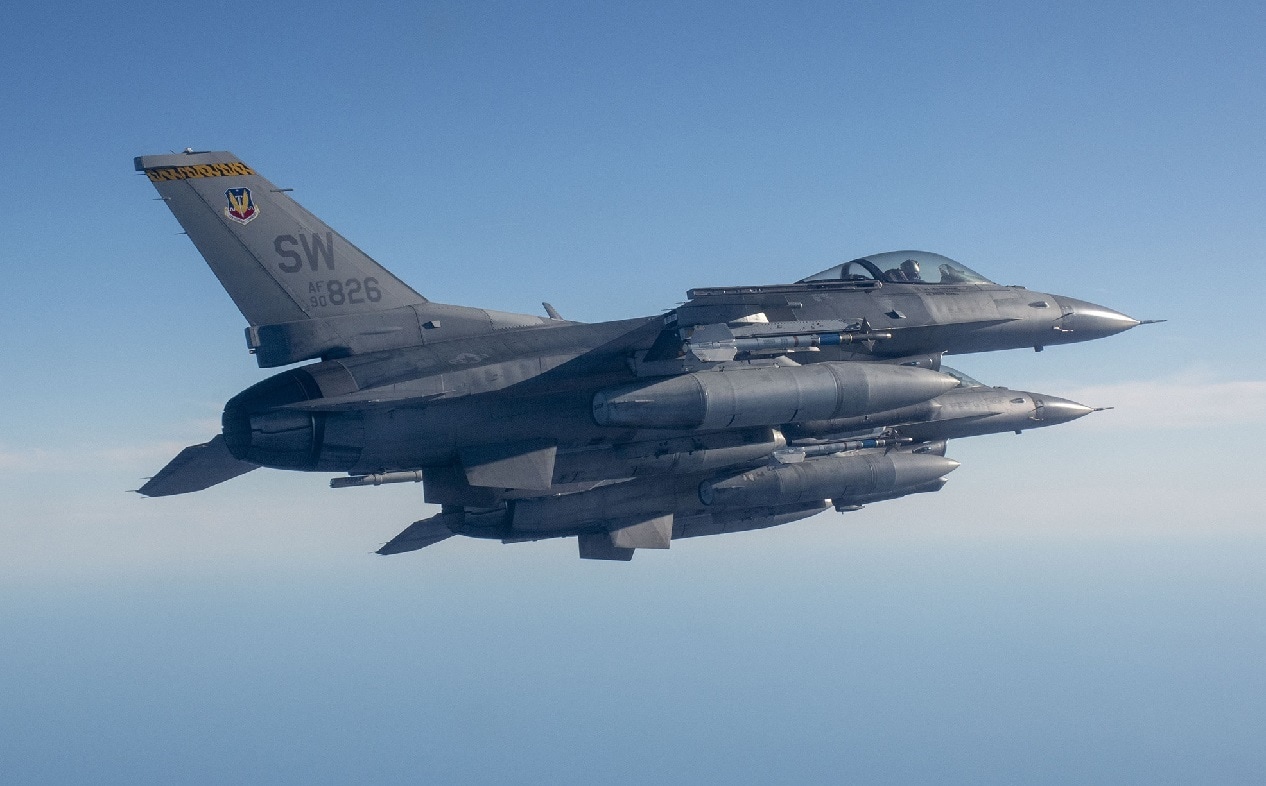
TYNDALL AIR FORCE BASE, Fla. – A pair of F-16C Fighting Falcons assigned to the 79th Fighter Squadron participate in the 53rd Weapons Evaluation Group’s Weapons System Evaluation Program East 22.02, hosted at Tyndall Air Force Base, Fla., Nov. 16, 2021. WSEP tests and validates the performance of crews, pilots, and their technology to enhance readiness for real-world operations.
The Ukrainians have been armed for quite some time with Raytheon-built NASAMS air defenses, called National Advanced Surface to Air Missile Systems, which are highly effective at tracking, targeting, and destroying Russian fighter jets.
Advanced NASAMS has arguably effectively “denied” Russian air superiority given their technological sophistication, range, networking, and targeting ability.
While this question of advanced air defenses may explain why Russia has been unable to generate air superiority despite its numerical advantage, it also explains why the Ukrainian F-16 has also been marginalized and unable to establish air superiority.
Russian S-400s and S-500s, for example, are increasingly networked, have a more extended range, are more precise, and are capable of tracking threats in a broader range of frequencies.
This suggests that perhaps 5th-gen air defense evading “stealth” aircraft is needed to establish air superiority over Ukraine.
Stealth platforms are not “invincible” to enemy air defenses. They could arguably have a much different impact or effect than any 4th-generation aircraft could.
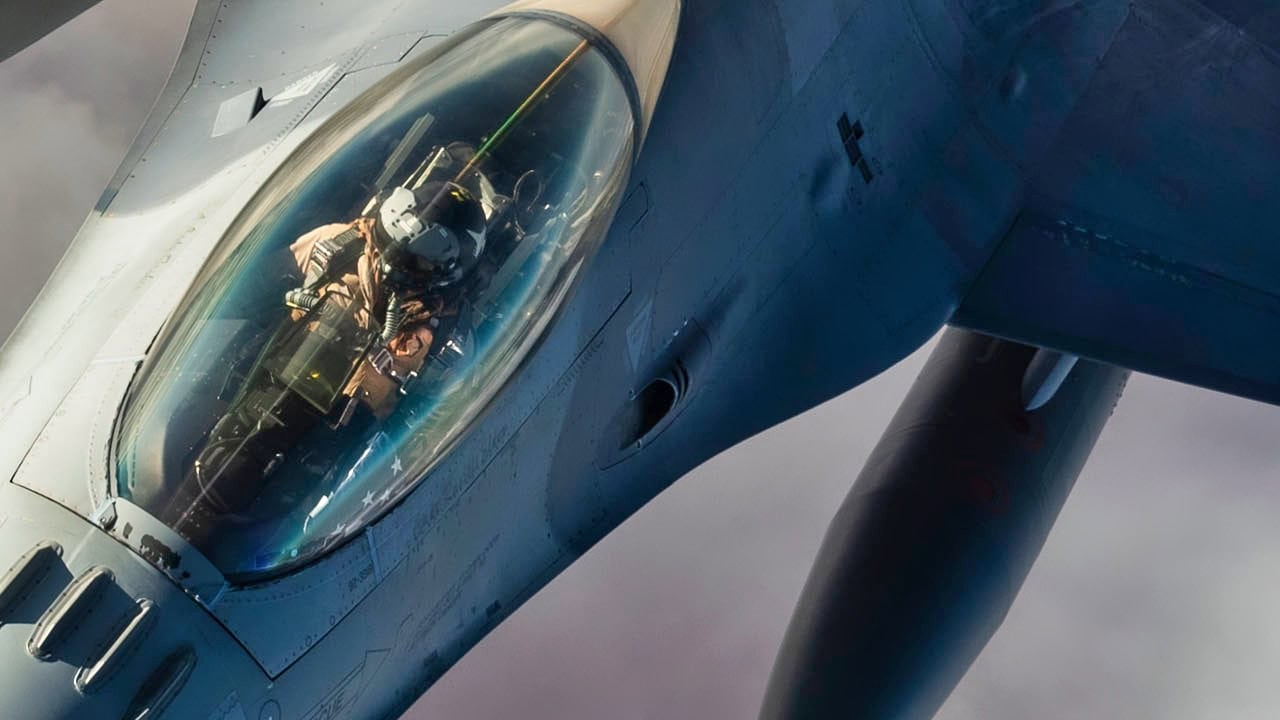
A U.S. Air Force F-16 Fighting Falcon is refueled over the U.S. Central Command area of responsibility Nov. 22, 2024. The F-16 avionics system includes highly accurate enhanced global positioning and inertial navigation systems in which computers provide steering information to the pilot. (U.S. Air Force photo by Staff Sgt. William Rio Rosado)
It is unclear how relevant this may be because Ukraine is not operating with F-35s or F-22s, and Russia has only a tiny number of 5th-gen Su-57s, a few of which are reportedly being flown by Russia in the war.
Bottomline on the F-16
Nonetheless, while the F-16 may not be an actual transformative plane in the Ukraine war, the longevity of this platform deserves high praise and respect. Any air force on Earth would be lucky to be stocked with the Fighting Falcon.
About the Author: Kris Osborn
Kris Osborn is the Military Technology Editor of 19FortyFive and President of Warrior Maven – Center for Military Modernization. Osborn previously served at the Pentagon as a highly qualified expert in the Office of the Assistant Secretary of the Army—Acquisition, Logistics & Technology. Osborn has also worked as an anchor and on-air military specialist at national TV networks. He has appeared as a guest military expert on Fox News, MSNBC, The Military Channel, and The History Channel. He also has a Masters Degree in Comparative Literature from Columbia University.

